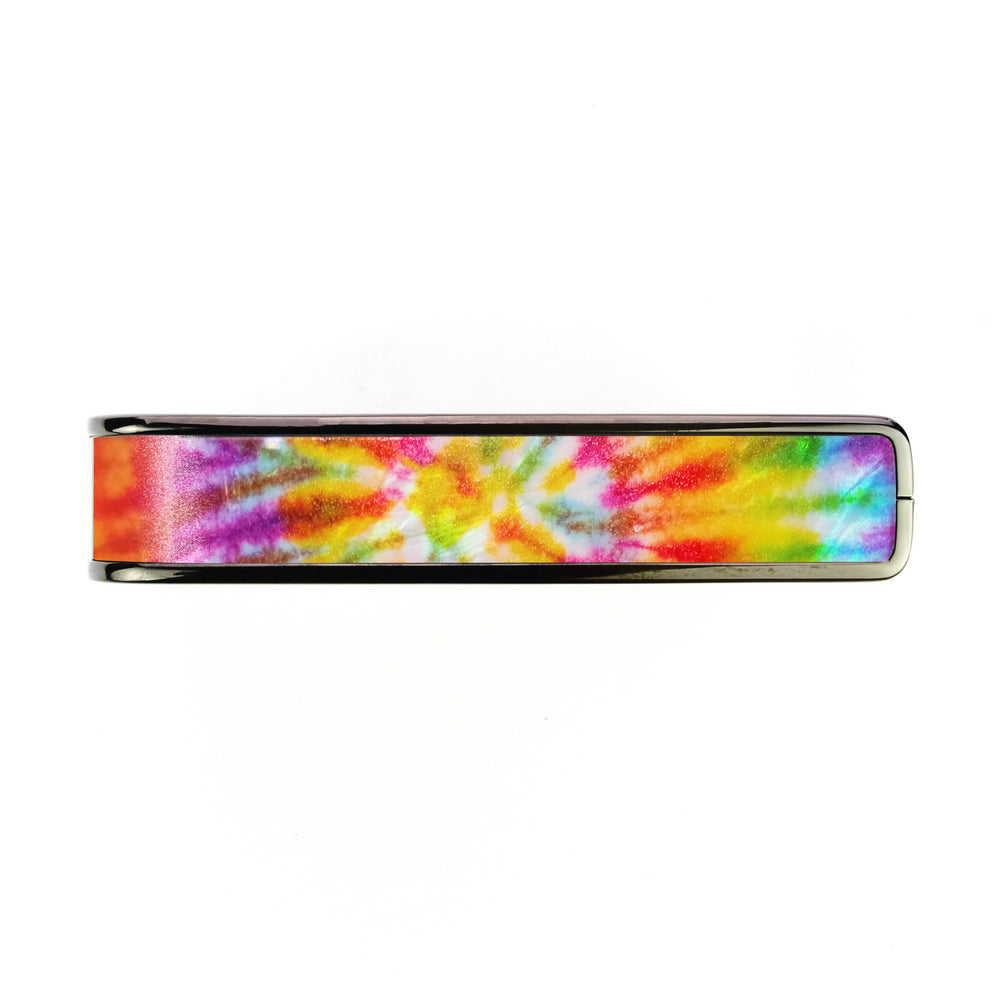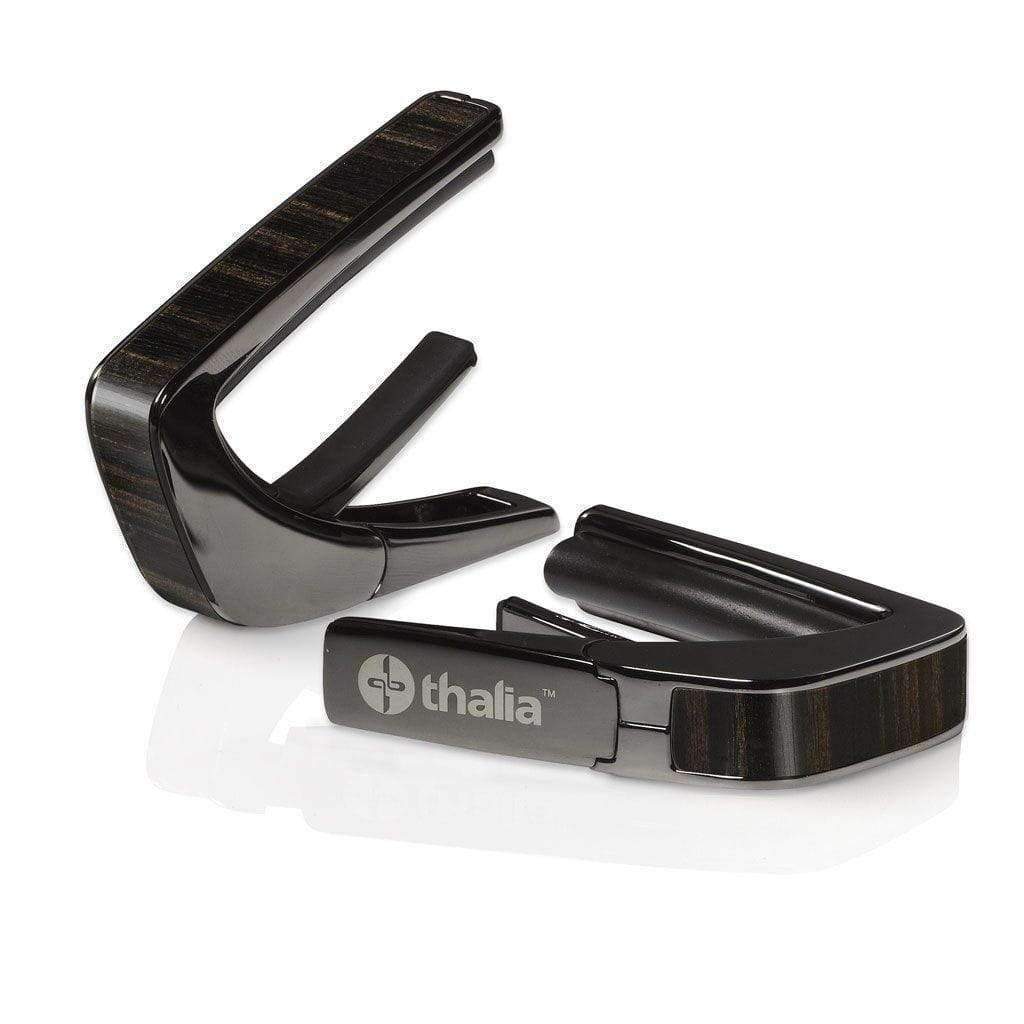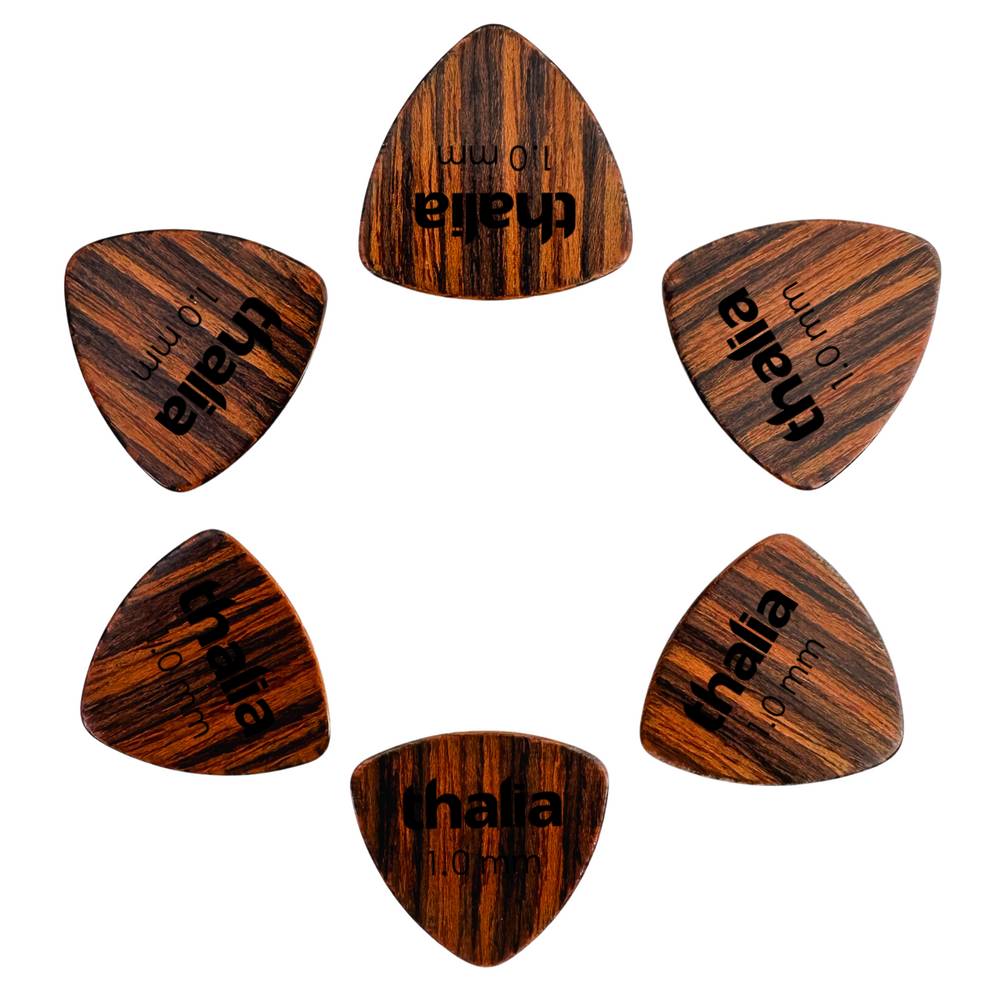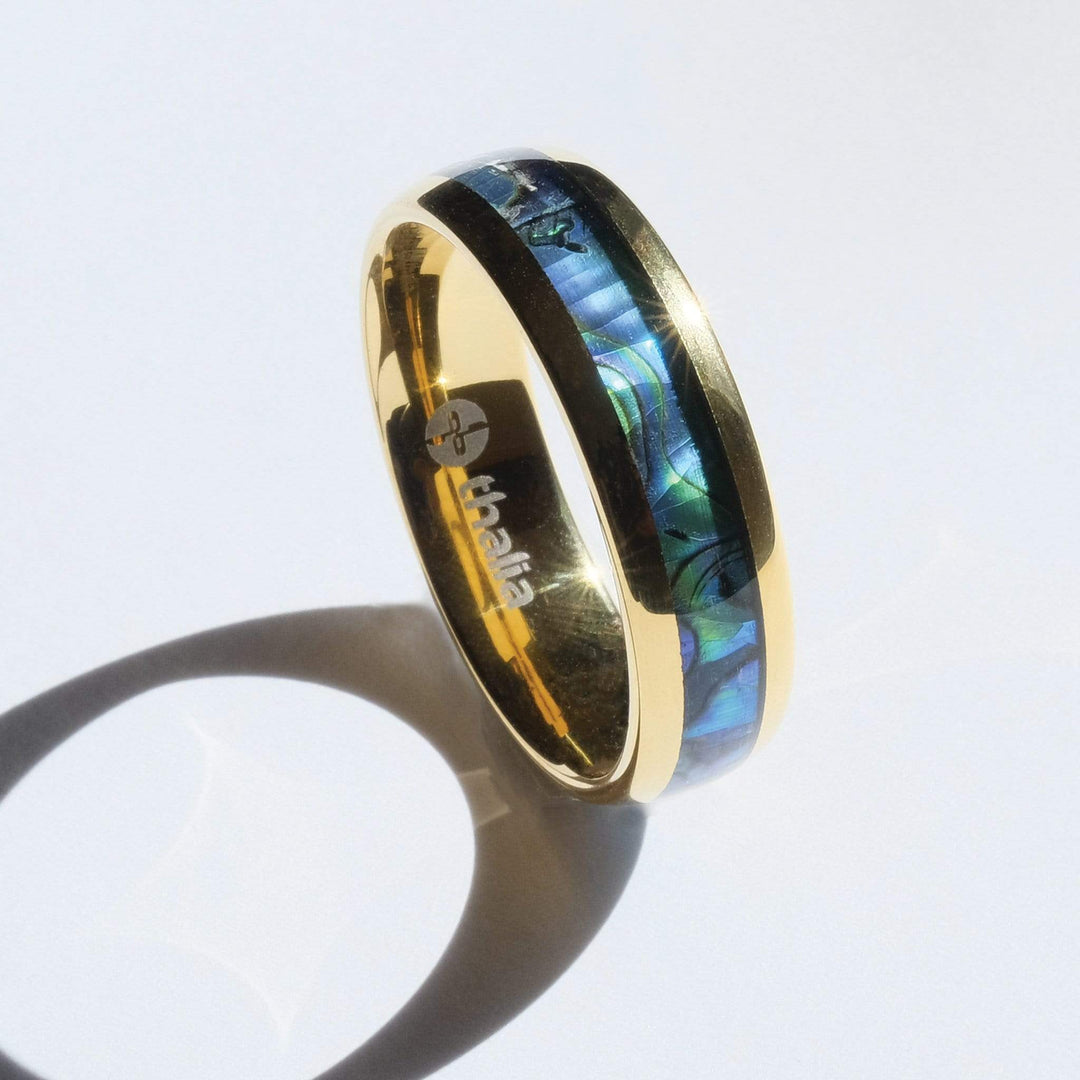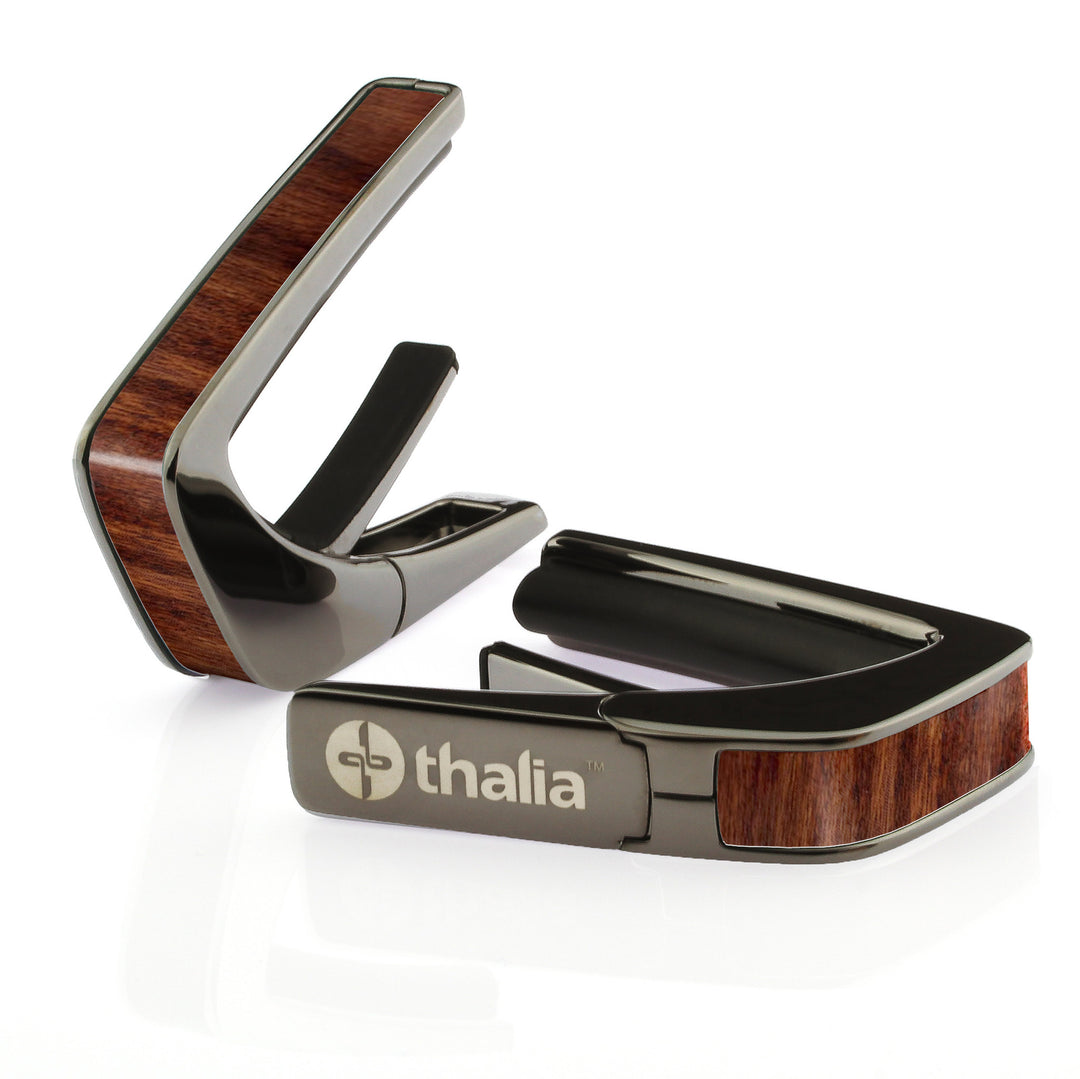The Martin D-28: Three Iconic Players

Back in 2018, we ran a feature on the history of the Martin D-28. Today, for a long overdue follow-up, we’re looking at some of the players that made the guitar so iconic.
The list of legendary D-28 wielders is so long that we’d need an entire article series to cover them all. For the time being though, we’re focusing on three of our D-28 playing guitar heroes and the stories behind their instruments.
Jimmy Page
During Led Zeppelin’s early years, Jimmy Page often played a Gibson J-200 that he borrowed from Big Jim Sullivan. But in 1970, he purchased a D-28, which he put to use soon after.
The guitar made its live debut during Zep’s seminal performance at the Bath Festival of Blues & Progressive Music on June 28th during “That’s the Way,” (or “The Boy next Door” as the song was tentatively titled then).
As the Finding Zoso blog notes, given photographs from the event, it’s safe to assume that Jimmy’s D-28 wasn’t a vintage instrument, and was likely purchased new, or slightly used before the performance.
The instrument was used on Zeppelin’s 1970 tour of the United States and reappeared during the band’s tour of Europe in 1973. It also appeared during the four-song mini-acoustic set that was a feature of the band’s five nights at Earl’s Court, London in 1975.
By 1977, Page purchased a second D-28, bringing both guitars on the band’s tour of America that year. The original – which was identified by a small white star placed in the corner of the pickguard – was used for standard tuning songs, while the second was used for open tunings.
Merle Travis
One of the most important fingerpickers of all time, and a key influence on the likes of Chet Atkins and Tommy Emmanuel, Merle Travis is an institution. And, he wielded one of the most distinctive D-28s in existence.
Merle Travis was an early electric guitar adopter, and, his preferred electric instrument was a Bigsby Solid Body Electric. In fact, he loved the birdeye maple neck on his Bigsby so much, he asked Paul Bigsby to craft one for his D-28 Martin.
The idea of replacing the neck on a vintage Brazilian Rosewood Martin D-28 seems heretical in this day and age, but the instrument wasn’t vintage at the time, and Travis knew what he wanted. He loved the result, and the modified D-28 became his defacto flat-top until his death in 1983.
Something about that headstock seems familiar, right?
While the resemblance of the Bigsby Headstock to that of the iconic Fender Stratocaster is uncanny, the similar appearance was supposedly coincidental. Both, designed around the same time, were intended to reference the headstock of earlier European guitars that mimicked the scroll of a violin headstock.
Neil Young
“I try to do the right thing with the guitar. You don’t want to stink on Hank’s guitar.” – Neil Young
Neil Young is a big fan of Martin acoustic guitars. He recorded much of his seminal 1972 album “Harvest” on a 1968 D-45 and still keeps three Martin models in his touring arsenal.
One of those instruments, the appropriately named “Hank,” has a distinguished provenance; the 1941 D-28 once belonged to the legendary Hank Williams Sr.
As Reverb notes, there have been a host of unverified rumours about how the guitar got from Hank to Neil. We’re not likely to find out the full story any time soon, but it’s a mainstay in Neil’s collection nonetheless and has featured prominently in the studio and on the road for the past 30 years.
Young even wrote a song about the instrument – the aptly named “This Old Guitar” from 2005’s Prairie Wind.
Who is your favourite D-28 player of all time? Let us know in the comments.







